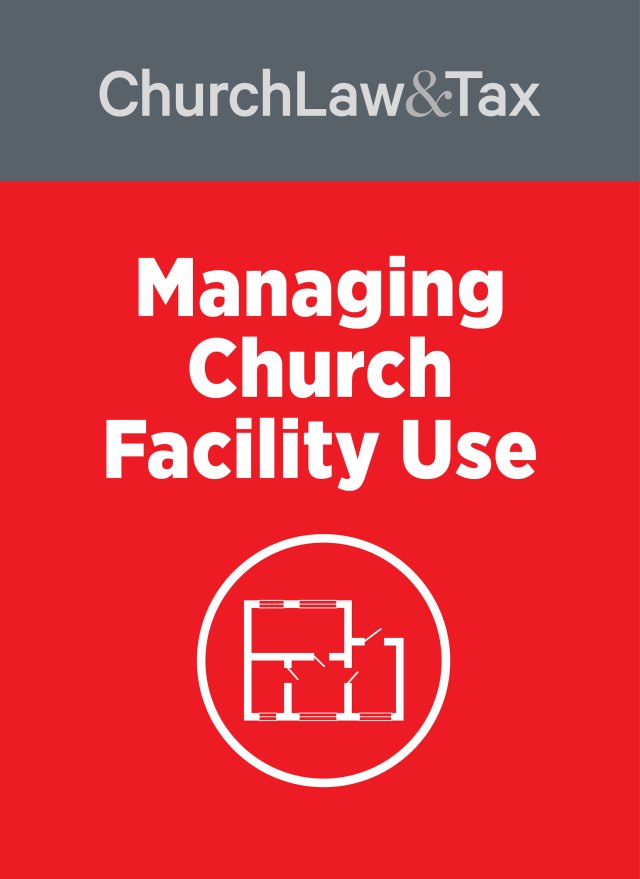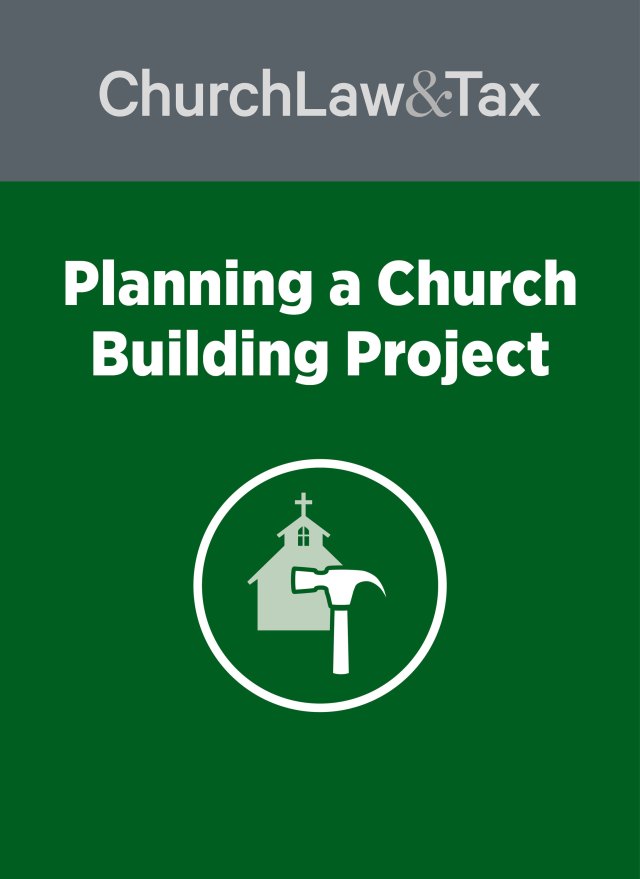Q: Our church is considering leaving our denomination and continuing as a nondenominational congregation. But we are concerned about the potential legal and financial consequences of doing so. Can the denomination lay claim to our church’s building or property? What else should we consider?
Leaving a denomination is an extremely consequential choice for an individual body of believers. Your church leadership would do well to have a solid plan in place before approaching the denomination or introducing the idea of separation to the congregation.
Before you take even a first step toward denominational separation, I want to recommend that your church leadership answer seven questions in full, obtaining legal counsel where necessary.
What denominational rules apply to church formation and separation?
The first step in planning for separating from a denomination is to understand the applicable denominational rules. What documents govern the denomination as a whole, and what do those documents say about the control which the denomination has over individual churches?
Before proceeding down a path of separation, access your denomination’s website or call its headquarters to obtain current copies of the denomination’s constitution, bylaws, and other rules (e.g., The Book of Church Order of the Presbyterian Church in America).
What governing documents and meeting records does your church have?
Your church needs to gather all of its governing documents and meeting records. For example, your church may have a charter, articles of incorporation, bylaws, or special rules. In addition, it should have minutes from its board and congregational business meetings.
Gather these governing documents and meeting records in one place so that you can research how the church was formed and what church-specific rules may apply to a separation. Visit the secretary of state website for your state as well to access any documents that your church has filed related to its incorporation or existence.
What real estate does your church use and who owns it?
Another important step is to identify the real estate associated with your church and determine who owns it. This can be done by accessing the land records for the municipality where your church is located and pulling the deeds associated with the property addresses.
Think broadly—the primary meeting place may be just one of the properties associated with your church. There may also be mission houses, gymnasiums, reception halls, or the like. The church leadership needs to know who owns each of the real estate assets.
Once you’ve gathered the deeds, create a document listing each property and noting its owner. If the denomination owns the real estate, or if it has claim to the real estate under certain circumstances, you’ll need to factor a physical relocation into your plan for exiting the denomination.
What funds does your church receive from the denomination?
If your church receives funding from the denomination, how much does it receive, and for what purposes? Make a list of these funds that is clear and easy for a lay person to understand. Doing so will prepare you to explain the financial effect of a denominational separation to any member of the congregation.
Determine, too, whether your church is obligated to repay any portion of funding received toward specific projects or during a fiscal year. Ideally, the denomination’s governing documents will address this, but you may have to ask the denomination directly.
Your church’s ability to reassure congregants about a separation includes explaining the church’s financial outlook after it leaves the denomination. If congregants are confused about financial stability, it will challenge your ability to gain their trust and commitment to the separation and to the new church that forms afterward. That’s why this information regarding denominationally affiliated funding is important to compile in an understandable way.
What obligations does your church have to the denomination?
Does your church have monthly or annual financial obligations to the denomination? If so, check the denomination’s governing documents to find out when in the separation process these funds would no longer be due. Knowing this detail may help you time the separation in a way that is financially beneficial to your church.
You should also check the denomination’s governing documents for any notification requirements related to separation. Make a calendar of these deadlines and incorporate them both into your overall timeline and the rollout of any separation plan to your congregation.
How does your church intend to continue operating?
Be careful to not focus solely on how to leave the denomination. The question of how your church will continue is just as important. You indicated that you want to become nondenominational or independent. What are the ramifications of doing so? Or, what would happen if you decided to join another denomination, association, or “co-op”? Regardless, the new entity will need to create the same types of governing documents as you had with the old church: charter, articles of incorporation, bylaws, and special rules.
The new entity will also need leaders and members, and the church may not want to assume it will retain the same leaders and members from the old entity. Consider how leadership will be chosen. Do you want to select a few individuals (e.g., a pastoral staff) and have them appoint others, or do you want to hold an election? Also consider how you want to assimilate the members. What specific procedures do you want them to follow to be able to join?
Incorporating these decisions and details into your plan cannot be overemphasized. You want the process to flow as smoothly as possible, but you will not be able to accomplish that unless you think through the composition of the new entity and your vision of how it will operate for the first six months to a year post-separation.
What procedures should your church follow to make its exit official?
Make sure you are thorough in understanding what the denomination’s governing documents say about how to make the exit of your church official. Here are some questions you will want answered:
- Is a vote of the board and the membership required?
- What are the vote thresholds that you need?
- Do the votes need to be taken at a special meeting with a certain type of advance notice to the members?
- Once the decision is made by the individual church, what kind of notice is required to the denomination’s governing bodies?
- Does the denomination’s leadership also have to vote on the separation? If so, what is the timing for when that vote must be taken?
- Does the denomination’s leadership have to send any communication to the church to make the separation official? If so, what is the timing for, and form of, that communication?
Having a well-developed plan for how the process will work is one of the best ways to ensure you will have a stable, thriving church in the end.
Sarah E. Merkle, a senior editorial advisor for Church Law & Tax, is one of five lawyers worldwide to have earned the credentials Certified Professional Parliamentarian-Teacher (CPP-T) and Professional Registered Parliamentarian (PRP). She helps boards, associations, churches, nonprofits, and public bodies navigate rules applicable to governance and business meetings. Sarah is the founder and CEO of Civility, LLC, where she creates resources designed to make parliamentary procedure more accessible to lay users and advises clients in matters of governance and parliamentary procedure.
For court cases addressing the issue of church property after separating from a denomination, see the following case analyses by attorney Richard Hammar:




